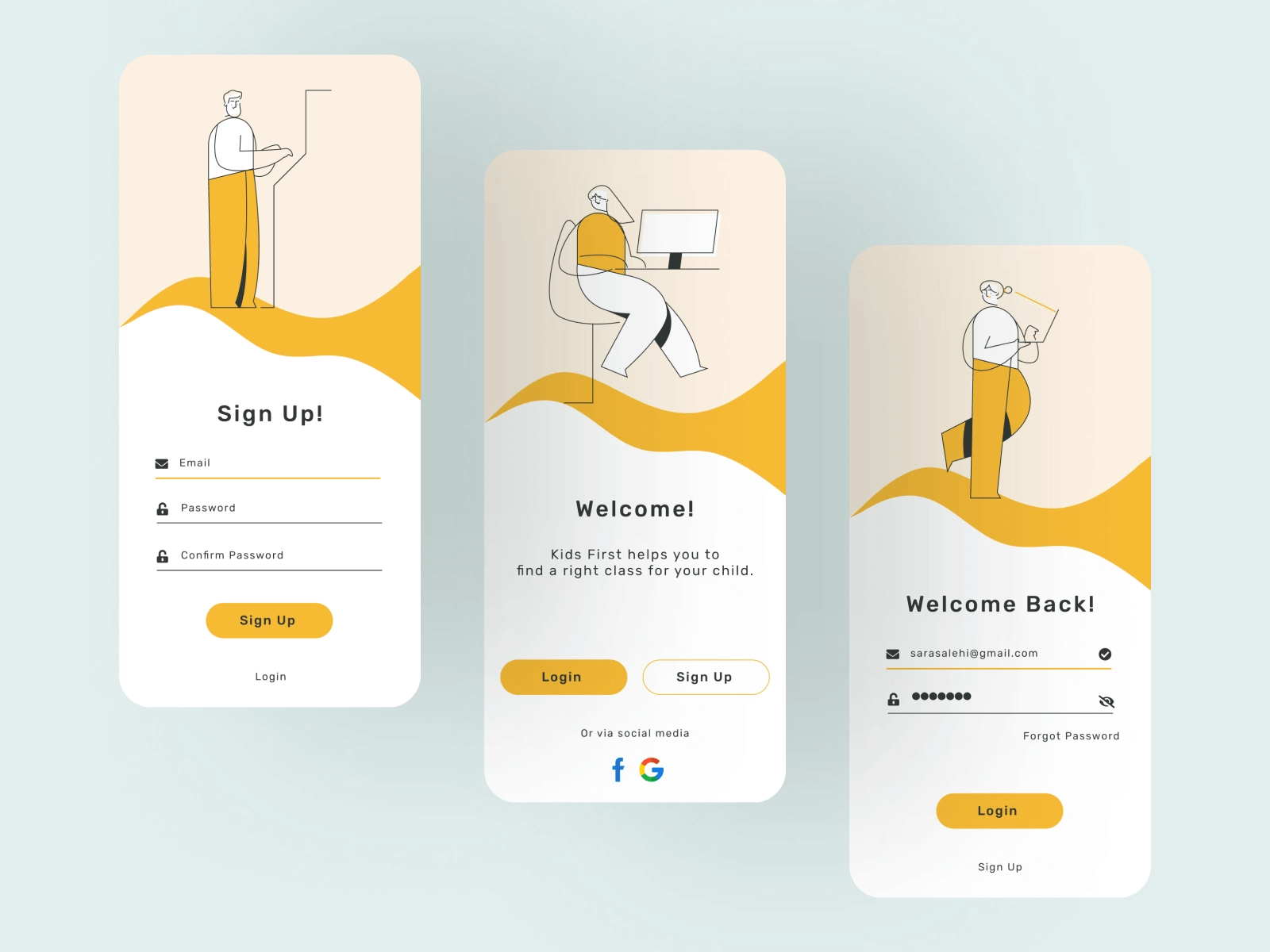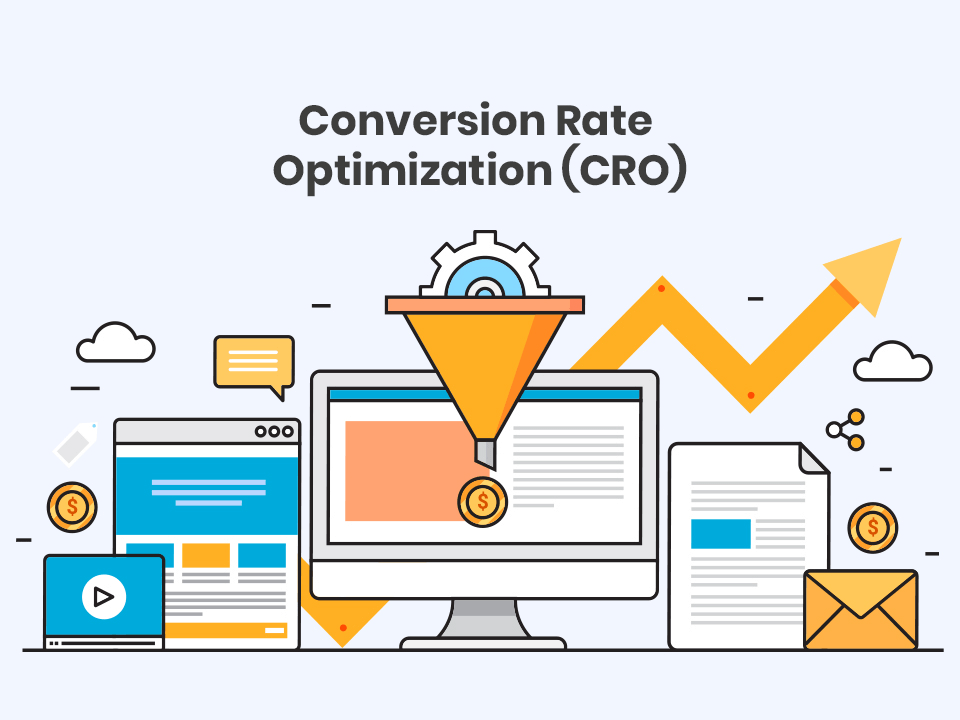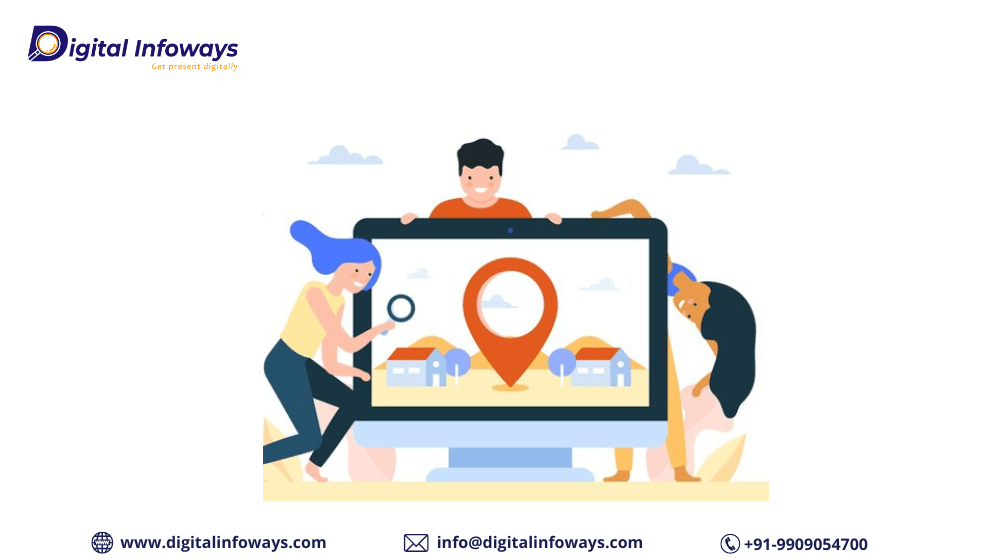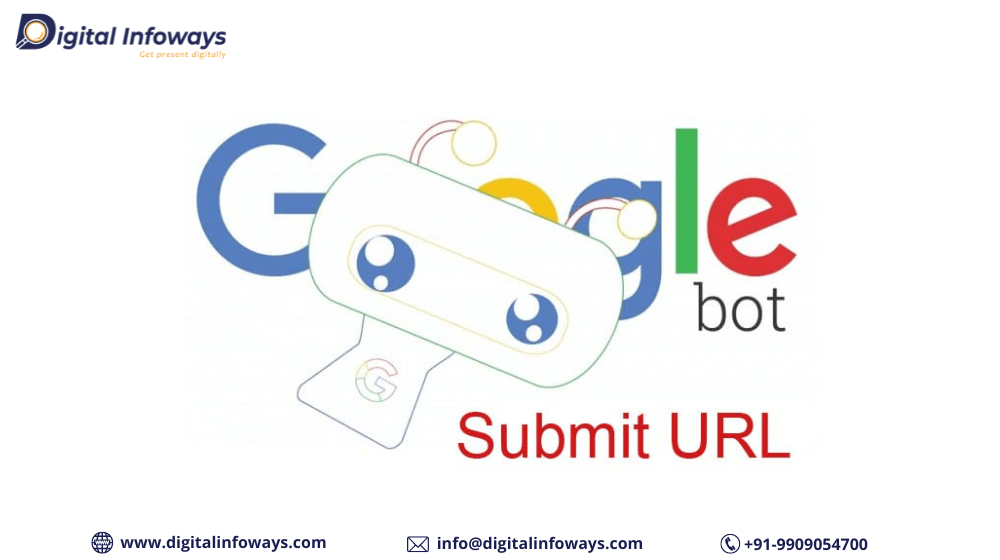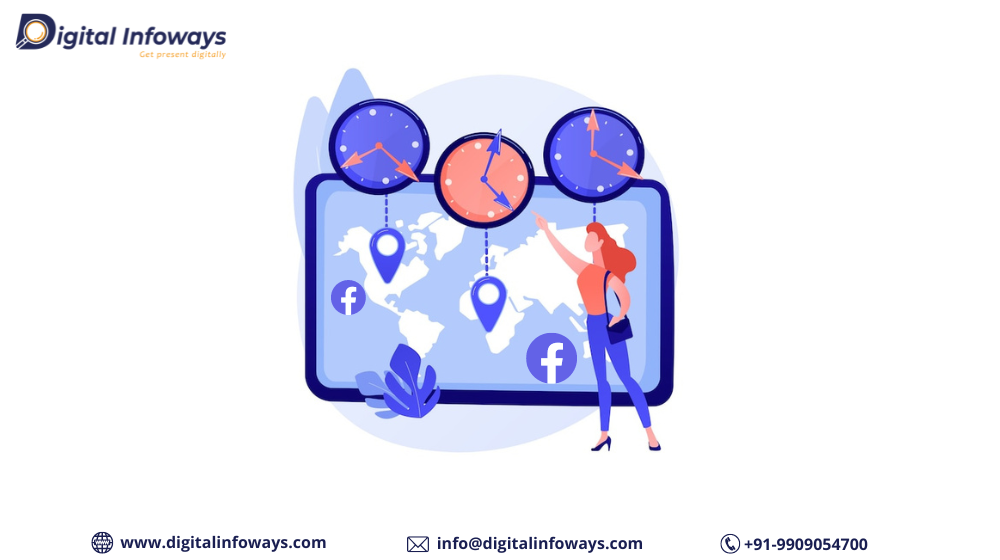5 Tips to Improving Your PPC Landing Page Experience and Quality Score
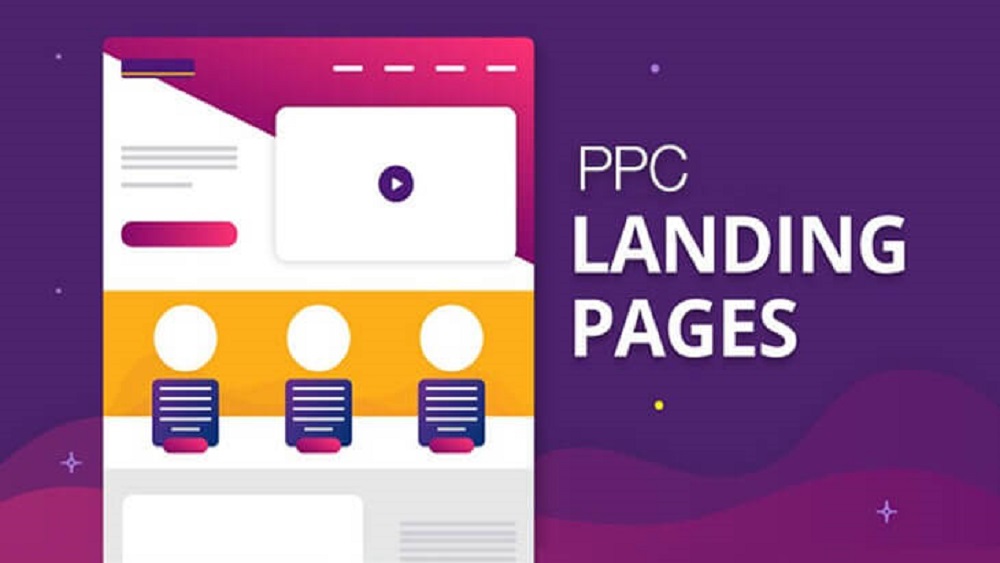
Our CRO team has an old saying that they like to tell. Companies spend $92 of every $100 on attracting clients to their website, but only $1 on converting those visitors.
Doesn’t it seem strange?
One of the most under-optimized aspects of PPC Marketing Company is the landing page experience. It’s challenging to locate resources because it doesn’t fit neatly into a budget.
The ordinary PPC Company lacks the necessary expertise to create and maintain a landing page.
Unbounce and Instapage are powerful development tools that can handle heavy work. It’s like giving a 16-year-old a driving test in a Ferrari if you don’t have the correct starting point in mind.
This author has a lot of reservations about traditional best practices.
Lists of features, form fields that are minimized, and trust signals are excellent, but they won’t help you stand out.
You’ll get locked in a feedback loop if you keep testing fresh versions of the same ol’. You amass tiny victories but have no impact on the business.
Remember that you’re not only optimizing for conversion rate.
You’re optimizing for the following:
- The company.
- Use Google.
- The rate of conversion.
To aid in your testing efforts, all three “targets” point to the same question.
Is this test beneficial to the user?
Here are 5 top PPC landing page optimization ideas.
Read More: The Battle Between PPC and SEO: Which is the Ideal Choice for Your Business
1. Concentrate on Speed
According to Google, a page that takes more than three seconds to load will be abandoned by 53% of all mobile visitors. The amount of information that can be loaded in three seconds varies.
Depending on the device, connection speed, weather, astrological sign, and other factors, users get a different experience.
Landing pages, of course, must be lightning fast to meet the three-second deadline.
Google considers your mobile speed score by the PPC Marketing Company.
This wasn’t stated directly as a factor in the quality score. However, it is a factor in the quality score.
The link between speed and quality is directional, but it is clear. When it comes to landing pages, speed is everything!
A few resources to help with speed are listed below:
- Google PageSpeed Insights
- Pingdom Speed Test
Do users gain from quicker pages? Yes, absolutely! Our next point stems from this emphasis on speed.
2. Mobile-First Design (For the Most Part) & Small-Sample Testing
Dear readers, I have a question for you. How many of you test your landing pages on a high-speed connection with a powerful laptop and two 32-inch monitors?
Examine your statistics in Google Ads or Analytics now. How do the vast majority of your visitors get to your website?
You can all see what’s going on here by reading between the lines. Make sure your landing pages are designed and tested in the way that the majority of your users will see them.
When you start with the wrong base, your beautiful hero image, precise value propositions, and gleaming trust signals may go unnoticed.
In landing pages, don’t be afraid to include “the tiny things.”
- Use metadata and title tags to your benefit. They’re unlikely to raise your quality score from zero to hero with Paid Marketing, but they certainly won’t hurt!
- Examine form fields, form styles/flow, and even button color. These minor adjustments are unlikely to have a significant impact on their own. However, even little changes to customer flow can help enhance landing page speed with a Google Adword Agency India.
- Experiment with the length and style of your content. Don’t be afraid to take users below the fold; if you’ve done a good job hooking them, they’ll find their way there.
- Experiment with various taglines and ways of communicating features and benefits. Make sure your landing page emphasizes the solution to a user’s question with a Google Adword company in India and guides them to the next stage in the process.
- Include an escape hatch on landing pages if possible. That is, a means for visitors to leave the landing page. Search engines don’t directly penalize bounce rates. They do, however, penalize users who are locked inside a single page. Not to mention the potential for frustration and a sour attitude toward the company.
Finally, don’t overlook the seemingly insignificant details. A searchable, readable, and legal privacy policy will always be required on your landing page.
3. Focus on Customers Rather Than Conversions While Optimizing.
Yes, you read that correctly. Do not aim for a high conversion rate.
This may appear to be counterintuitive, but so be it. It’s my post. Therefore we’re free to do whatever we want.
It’s risky to optimize for front-end conversion rate.
Take Into Account the Following:
You reduced the number of fields on the landing page form to just name, email address, and phone number. Your conversion rate doubles (great! ), indicating that you exceeded your CPA target.
Your employer or boss’s boss provides you more money to obtain more leads at these conversion rates. To accommodate the volume, the business team hires extra salespeople.
These new adaptations turned out to be a waste of time. You encouraged everyone to convert without pre-qualifying them by deleting the form fields. Your employer is furious, and you are depressed.
In landing page testing, this is all too typical. PPC Marketing Company Advertisers run tests in a vacuum to see if they are successful.
Instead, while doing a test, look at downstream metrics to ensure that it is a net benefit. It’s also a net plus from the user’s standpoint, as the Marketing Company saves them time and connects them with the proper individuals.
Read More: 10 Things to Ask Your SEO Company Before Signing Anything
4. Adopt a Minimalist Mindset.
Yes, everyone, Marie Kondo is making an appearance! Remove anything from your landing pages that do not make the user happy.
No, this does not imply that the content should be stripped down to its minimal essentials. It also doesn’t imply relegating your landing pages below the fold or reducing your form fields to just two.
Customers can flow from search to ad to landing page to business on the top landing pages.
Remove everything that is obstructing your progress. Landing pages have no place in the marketing world, but exit intent or email capture pop-ups do.
On your landing page, the same is true for marketing pixels. Keep the number of pixels to a minimum. This is what it is:
- Assists in the development of speed.
- Prevents negligent invasions of privacy.
- Make sure there aren’t any renegade takeovers or visuals that aren’t working.
5. Personalize For a Specific Reason
In this age of privacy, personalization with a Google Adword Agency India is a touchy subject.
It may be a little excessive to include a user’s first name and preferred cookie type on a landing page.
A few content tweaks based on your target demographic can take your experience to the next level. Adjust the hero picture based on the user’s location on the landing pages. Experiment with different value propositions or even headlines/taglines depending on the entrance channel.
Do you work for a restaurant or a food delivery service? If I had to bet money on it, I’d say that showing different foods to male and female visitors would result in a significant increase in revenue.
Localization is a potent weapon, so use it wisely. It’s easy to detect whether a business is attempting to “look” local, which is far worse than not attempting at all with an Adword Agency.
If you do decide to localize, try your strategy with someone who lives in the area.
Final Thoughts:
If there’s one thing we hope this piece has taught you, it’s to keep your landing page experience focused on the user.
Users who are happy with Search engines produce pleasant quality scores. You will be happier if your quality scores are high.

